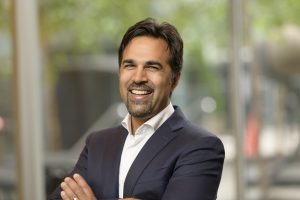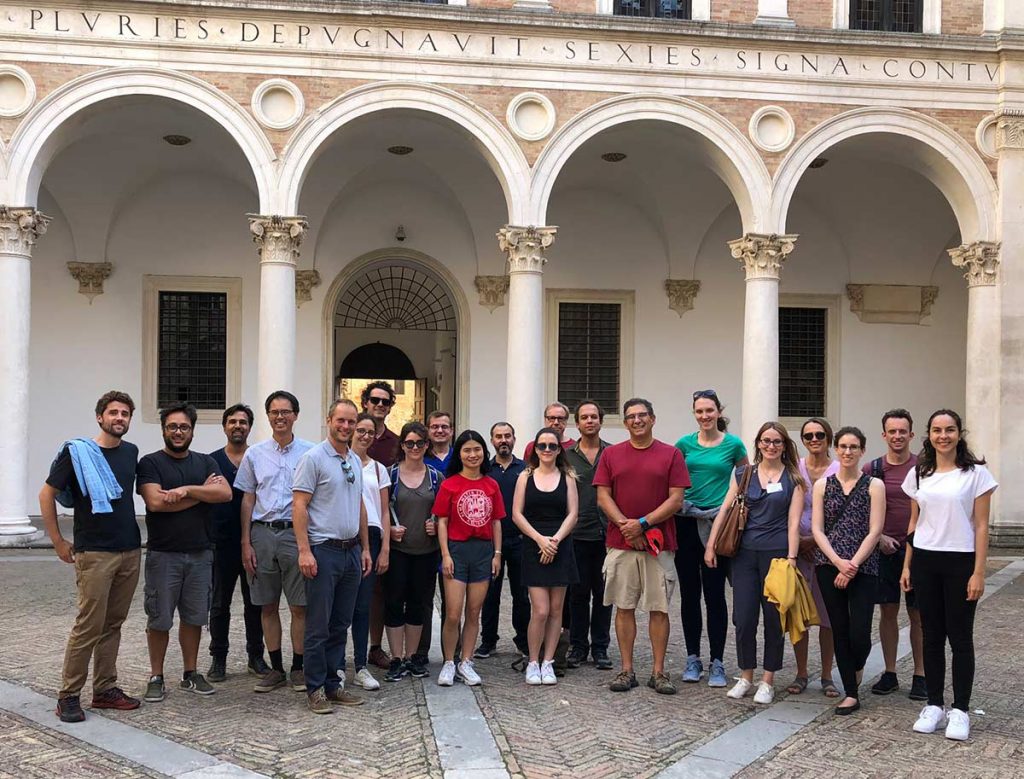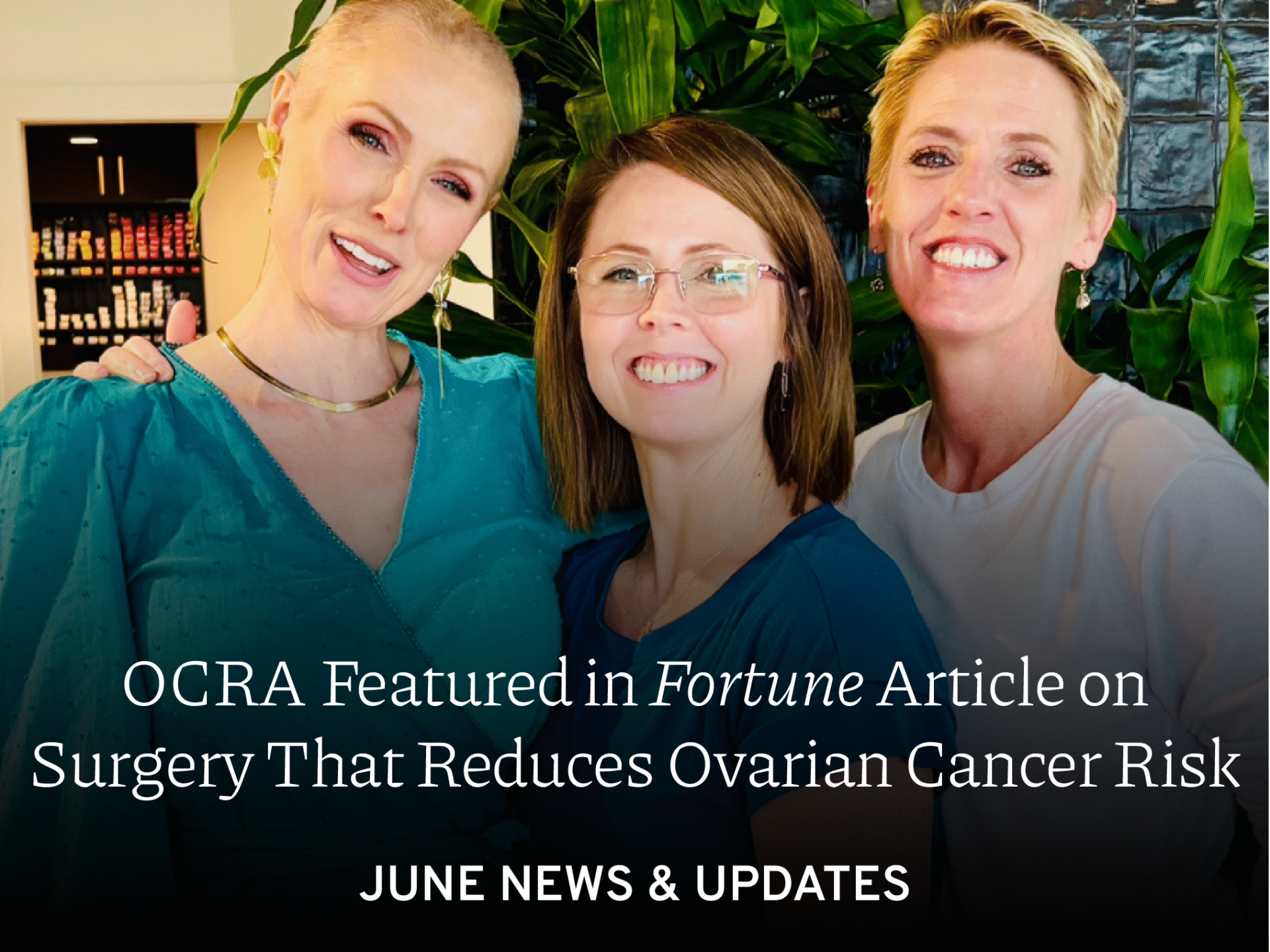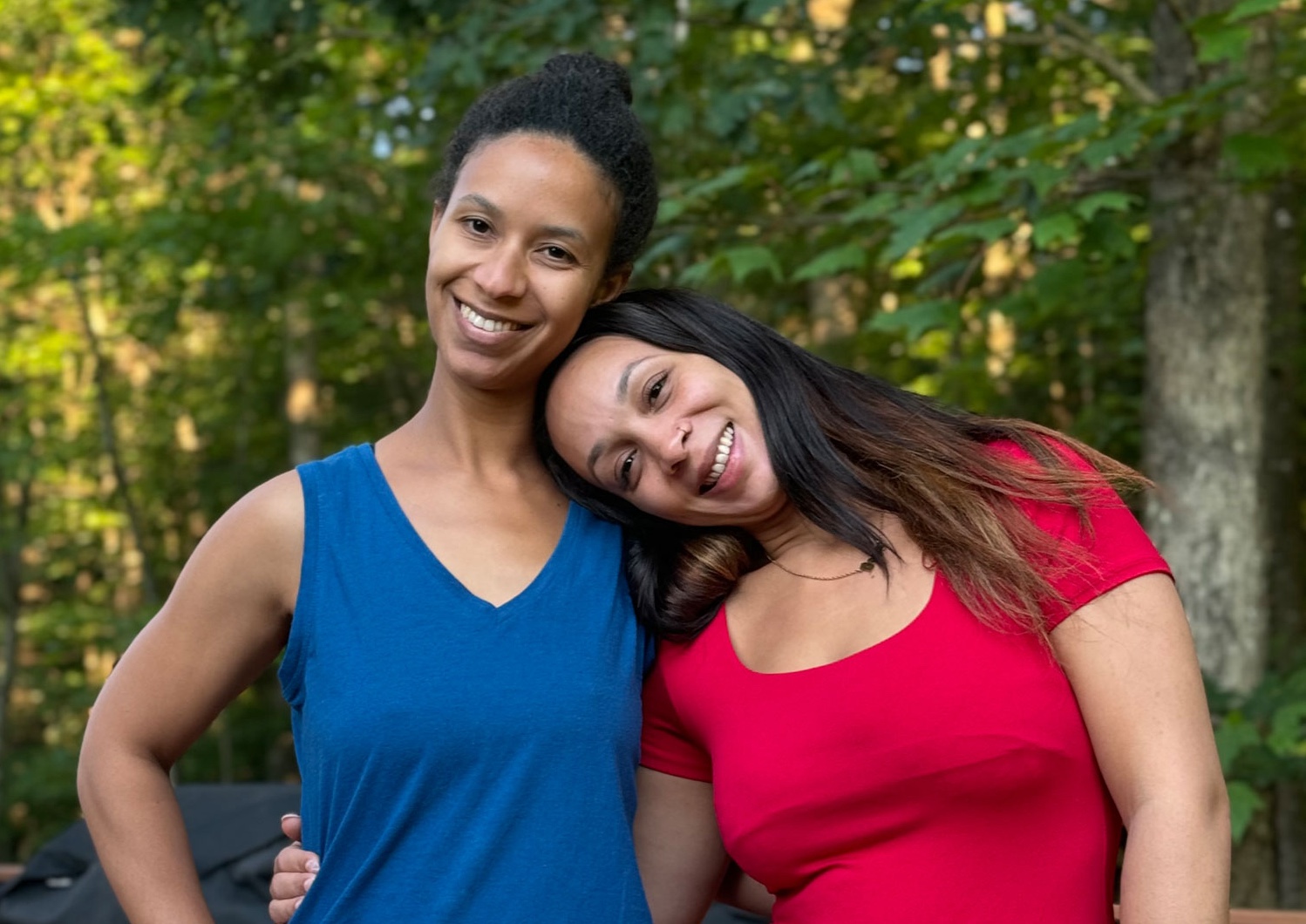Could the next ovarian cancer breakthrough be traced back to a Commodore 64 home computer?

After all, in some small measure, OCRA grantee Dr. Sohrab Shah is where he is today thanks to that now-antiquated instrument. He was 11 or 12 years old, tinkering around with programming at home, when he became captivated with what computers could do, and what humans could direct computers to do.
“It was a really powerful machine in those days!” Sohrab laughed.
In addition to being interested in computers, Sohrab was also fascinated by biology and evolution. His first degree was in biology, and he applied the principles of evolution to cancer, noting that each tumor was undergoing its own natural history of evolution within the patient.
But as he began doing the training that would take him through graduate school, Sohrab found himself gravitating back to his original passion of computer science, also noting that the computational and mathematical work that was being used to understand species evolution could “lift over quite elegantly to the cancer problem.”
“It was a fascinating time because the Human Genome Project was just coming to completion,” Sohrab said, “and it was very clear that the only way it could complete was with computing, because there was so much data in that original index genome and a whole suite of new algorithms and new statistical models needed to be developed.”
It was this breakthrough that brought his field of computational biology and bioinformatics to the forefront of scientific discovery.
Biology and computers converging to cure ovarian cancer
Sohrab leads a computational oncology program at Memorial Sloan Kettering. He and his team of data scientists work in what is known as a dry lab, making biological imprints from all of the data that is collected from cancer patients.
For example, they are able to analyze the molecular activity of individual cancer cells, which he finds very exciting. “Ultimately, a cancer or any biological system is a collection of cells,” Sohrab explained, “that are interacting together. And so if we can look at the individual parts, we can then better understand how the whole system works.”
He says it’s only in the past five or six years that this technology has been available. Prior to that, scientists were making advancements in measurement technology, collecting important information about specific tumors and their evolution. But despite all this information, they didn’t have the proper tools to understand it.
“Measurement technology usually precedes the computational algorithms that are necessary to make sense of those measurements,” Sohrab said.
Focusing on high grade serous ovarian cancer
“Cancer is a disease of the genome,” Sohrab said. “There are changes in the DNA sequence of our own cells that lead to a transformation in biology and create a malignancy.”
And when it comes to high grade serous ovarian cancer, he explained that the genome matters the most. The disease begins with a phenomenon called genomic instability, triggered by mutations that change a single letter in the genomic sequence, much like a single typo in a written document. Such mutations often occur in genes responsible for the repair of DNA damage and predispose the genome to large-scale structural rearrangements.
High grade serous ovarian cancer, which represent 70% of all ovarian cancers, combine both mutations and structural variations – typos and formatting, if you will. And having the capacity, through computational tools, to analyze large numbers of these genomes is allowing Sohrab and other scientists in the field to discover biomarkers that could predict response to treatment.
“The genome of the biomarker allows us to go beyond the gene base classification and really be able to direct more patients onto effective therapies like PARP inhibitors that otherwise you wouldn’t be able to do,” Sohrab said. “And moreover, we can really identify the patients that are very likely to respond to standard of care therapy as well as those who would be highest risk that we can then direct onto clinical trials or a new compound if they come into play.”
Reflecting on science
Sohrab is motivated by what he doesn’t know.
“It’s far more what we don’t know than what we do know. And even what we do know often needs to be revised,” he said. “It’s this pursuit of just finding new knowledge that keeps me going. The discovery aspect.”
That was what was incredibly exciting to him about the Human Genome Project; it was the first time anyone had seen that kind of data before. Sohrab describes the work he does now at Memorial Sloan Kettering as a “team sport,” emphasizing the collaborative nature of his lab. It’s there that he and his colleagues continue to ask questions.
“The best science comes from the best questions. And that’s really what I try to do,” he said. “Encourage people to ask good questions. No matter which way it goes, it’s going to be interesting.”
Dr. Shah’s grant was made possible in part by a generous donation from Ovarian Cycle New York.



